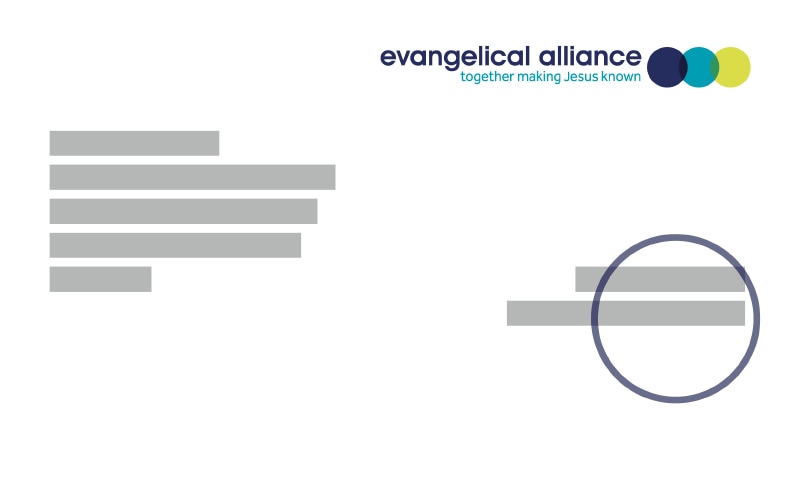Rochester Cathedral has attracted both criticism and praise for its decision to install a crazy golf course in its nave. An act of desecration declared one columnist, who also highlighted the helter-skelter at Norwich Cathedral. Journalists ran amok with pun-filled headlines “fairway to heaven”, “more tee vicar?”, and the controversy was somewhat inevitable as they sought to draw people into the church with this summer installation.
Whether it’s appropriate for a church building to be used in such a way will depend a lot on what we think about the sacredness of the space where church congregations meet. A popular refrain among Christians is that the church is the people and not the building, meaning many new congregations will meet in a wide variety of spaces, from temporary use of school halls, to converted engineering factories, to shop fronts and purpose-built contemporary steel framed warehouses.
The value of a permanent church building is often instrumental rather than intrinsic. It’s not that there is anything particularly special about the square metres the building occupies, but that it provides a presence in a local community. This enables churches to be more effective in their local outreach and host services that serve the neighbourhood. A number of churches now host Post Office counters, and Church of England guidance encourages parishes to open their building to a wide range of community and even commercial activities with the advice that “the more uses, the more sustainable your church building is likely to be”.
I don’t think there is anything wrong with church buildings having a variety of uses, including those that are commercial, and those that are fun. Theologian Rev Dr Ian Paul looks in much more depth at some of the theological and missional aspects of the use of church buildings.
This debate does draw attention to the sacred/secular divide that Christians often critique. While at the Evangelical Alliance we highlight when institutions make it hard for Christians to live out their faith in all areas of their life, when our culture is ‘secular’ to the extent that the ‘sacred’ is crowded out, as Christians we also recognise when our church culture erects its own divides between the two.
Christians throw the term ‘secular’ around, and sometimes without sufficient consideration for the different ways it is used. Philosopher Charles Taylor provides a helpful threefold distinction that clarifies what the term can mean.
In the first sense, ‘secular’ simply means the day-to-day work or practices that we do which are not praying, reading the Bible or worshipping. These latter activities were historically largely done by a distinct ‘religious’ group of people, and the secular work of most people was not inconsistent with their belief in God.The second sense is that ‘secular’ and ‘secularism’ is a way of operating in society that is “emptied of God”. This does restrict the extent that Christians can practise and live out their faith – this is the kind of secular that encourages Christians to leave their faith at the door and restrict it to the private sphere.
Finally, Charles Taylor talks about a third type of ‘secular’ which describes a society where belief in God is one option among many, and it is normal to not believe in the supernatural. In this context those of religious faith and non-religious faith are ‘secular’ because the they “inhabit an era in which faith is one of many options”.
In 21st century western society we have largely moved away from the first sense of the secular, but we live in a society that fluctuates between the second and third contexts. Sometimes we recognise that our society is secular, and this provides a plural public space for all to practise and live out their beliefs; while on other occasions there is a more militant effort to crowd out religious belief from public life in a misguided effort to achieve parity between competing worldviews.
Returning to the cathedral and the golf course, if we really believe that the earth is the Lord’s and everything in it, a crazy golf course, whether in a holiday park or a church, is part of His creation and an opportunity for us to be part of God’s purpose in our world as we aim for a hole in one. Our secular society should be a missionary opportunity and we should stand firmly against efforts to shut out faith from public life.
Colossians 1:19 – 20 states: “For God was pleased to have all His fullness dwell in Him, and through Him to reconcile to Himself all things, whether things on earth or things in heaven, by making peace through His blood, shed on the cross.”
Rather than seeing our secular society as a threat encroaching on the church and its sacred space, we, as the people of God, as the church, can dismantle the barriers that stand in the way of God’s redemptive work throughout all of creation.
As God’s image bearers we are witnesses to God throughout our lives, in our day-to-day actions, in our relationships, and in our work. We should certainly seek to draw people into the church community (which may involve innovative uses of buildings), but perhaps the biggest hole we can knock in the sacred secular divide is us living with the sacred purpose whatever we are doing, wherever we do it.
The Evangelical Alliance’s Public Leader training course seeks to equip and encourage Christians leading in public life to live out their faith. There are still spaces available on our courses starting this autumn. Find out more and how to apply.



